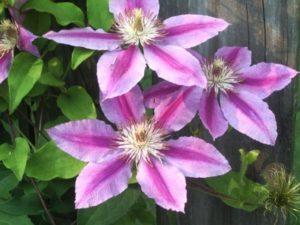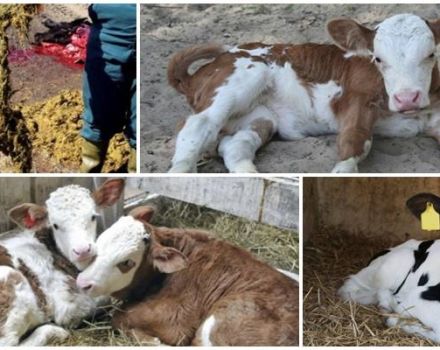Breeding methods for clematis by seeds, planting and growing at home
The Greek word "Klema" used to mean all climbing plants. Clematis (clematis, warthog, lozinka) belongs to the Buttercup family and is a herbaceous perennial found in the subtropical and temperate zones of the Northern Hemisphere. Depending on the variety, clematis is represented by lianas, dwarf shrubs, or shrubs. Seed propagation of the clematis plant requires special knowledge and some effort.
Plant features
Clematis has been cultivated in European countries since the 16th century; in Japan, the plant began to be bred much earlier. It is a favorite crop of numerous gardeners and is used for landscaping and decorating areas.
Shoots of herbaceous varieties die off with the onset of winter, whole-leaved and hogweed clematis lignify, which allows them to survive for several seasons.
Different species can have both fibrous and tap root systems. Florida, President and Radar of Love are considered the most common and unpretentious varieties in cultivation.
Growing clematis from seeds
Growing clematis from seeds at home is not an easy task. There are hybrids that do not produce seed.

Clematis are divided into three subgroups, differing in seed size and germination duration:
- Woolly, purple, Clematis Duran, Jacqueman and some other varieties are distinguished by large seeds that germinate unevenly for a long time (1-7 months).
- Plants of Chinese, six-petal, Manchu, and whole-leaf clematis have medium-sized seeds that take one month to six months to germinate.
- Small-seeded clematis germinates quickly and quickly in 2-17 weeks.
The most preferred temperature for germinating seeds is + 26-30 degrees. Large seeds need stratification for several months in a refrigerator at temperatures ranging from +4 to +6 degrees. Small seeds are sown directly into a greenhouse or open ground.
Landing dates
Seeds are sown at different times, depending on their size. Small seeds are usually sown from early spring to April, medium ones in early January, large ones in autumn. If the planting was carried out in the fall, to ensure the safety of the seed, it is sprinkled with a layer of snow for 3 months.
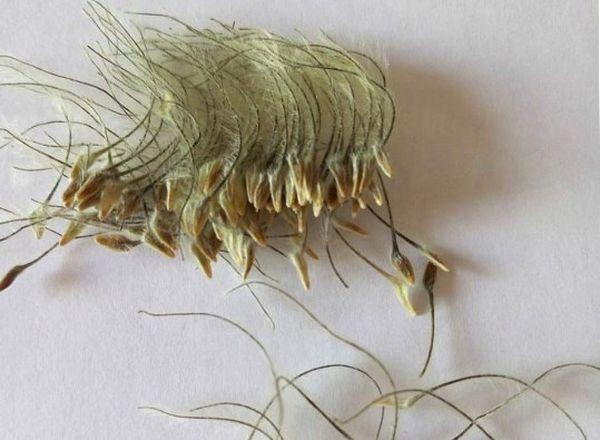
Preparation of planting material
Seeds of medium and large size require preliminary preparation for sowing (stratification). This process is lengthy and can take up to 2 months. Therefore, before planting in open ground, preparation begins no later than the beginning of December. In order to accelerate the germination of seeds, they are soaked for 7-11 days in water, which must be changed 2-3 times a day. Then the seeds are bubbled (treated with air) for 7-8 days.
Site selection and soil preparation
It is preferable to plant clematis in a sunny location, protected from warm and cold winds. It is not recommended to plant a plant closer than half a meter from the wall of a brick house or a solid fence. The area should be isolated from drafts that negatively affect growth rates. It is customary to plant mature sprouts in street soil from May to mid-July.
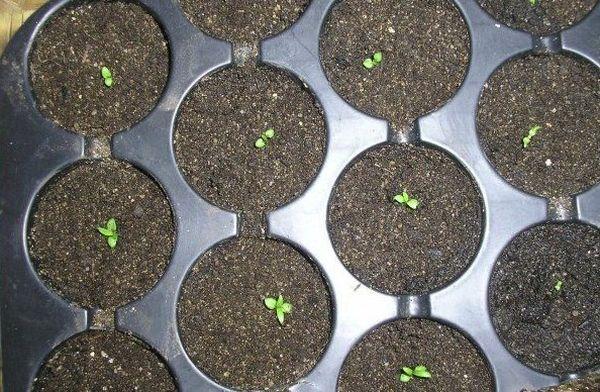
The containers are filled with a soil mixture consisting of sand, peat, earth in identical proportions. After moistening the substrate, the seeds are evenly distributed in one layer and sprinkled with sand. The sand layer should not exceed 3 seed diameters. Crops will need to be tamped, and then cover the container with a small glass or mesh.
Planting process
It is preferable to plant the plant in a mixture of nutrient soil and sand in a ratio of 2: 1. Seeds are sown to a depth of 3 centimeters, sprinkling with sand and mulching the soil mixture with sawdust. The process of planting and growing seeds begins with cold stratification in a freezer. The duration of the procedure should not exceed 30 minutes.
Then the seeds are taken out, left for a couple of hours at room temperature and put back in the freezer. This algorithm is repeated three times, after which the seeds are laid out on a plate, covered with polyethylene and removed to a place inaccessible to the penetration of sunlight. Clematis germinates on day 10-11, at a temperature of + 24 ... + 26 degrees.
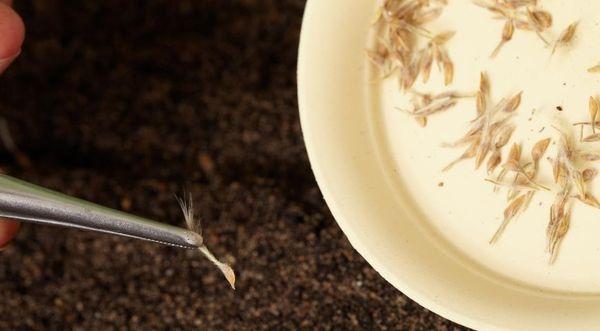
Seedling care, picking
After sprouting, you will need to provide them with good lighting, but it is important to protect the sprouts from direct sunlight. When the first leaves appear on the seedlings, they are dived into volumetric boxes or individual pots. It is preferable to grow them at home, until the end of the last frost. To facilitate the access of nutrients and prevent rotting, watering the seedlings should be done regularly, but in moderation.
Outdoor transplant
Seedlings are transplanted to a shady area, in loosened light open ground, with an interval of 17-22 centimeters from each other. The seedling is carefully removed from the pot or box along with a clod of earth and transplanted into the soil.
The roots need to be straightened, and a support with a height of 1.5 meters and above should be installed near the plant. The voids are filled with fertile soil, while 10-11 centimeters should remain to the edge of the hole. Clematis is watered and mulched with peat.

Flower care rules
Young plants need to be pinched periodically to build root mass and branching. It is important to regularly add soil in the area of the root collar as the seedling grows. The basic rules for caring for young clematis are regular watering and timely fertilization.
At first, urea is best suited for feeding, then mullein (every 2 weeks) and mineral mixtures (1.5-2 teaspoons per 8-10 liters of water).
Since large seeds are desirable prey for various rodents, in the event that the boxes with seedlings are located outdoors, it is recommended to provide them with protection from pieces of glass or metal mesh.
When to collect clematis seeds
Seeds that are harvested in autumn or in the first month of winter have the best germination.Collect brown seeds from plants, the seed of which crumbles when touched.
